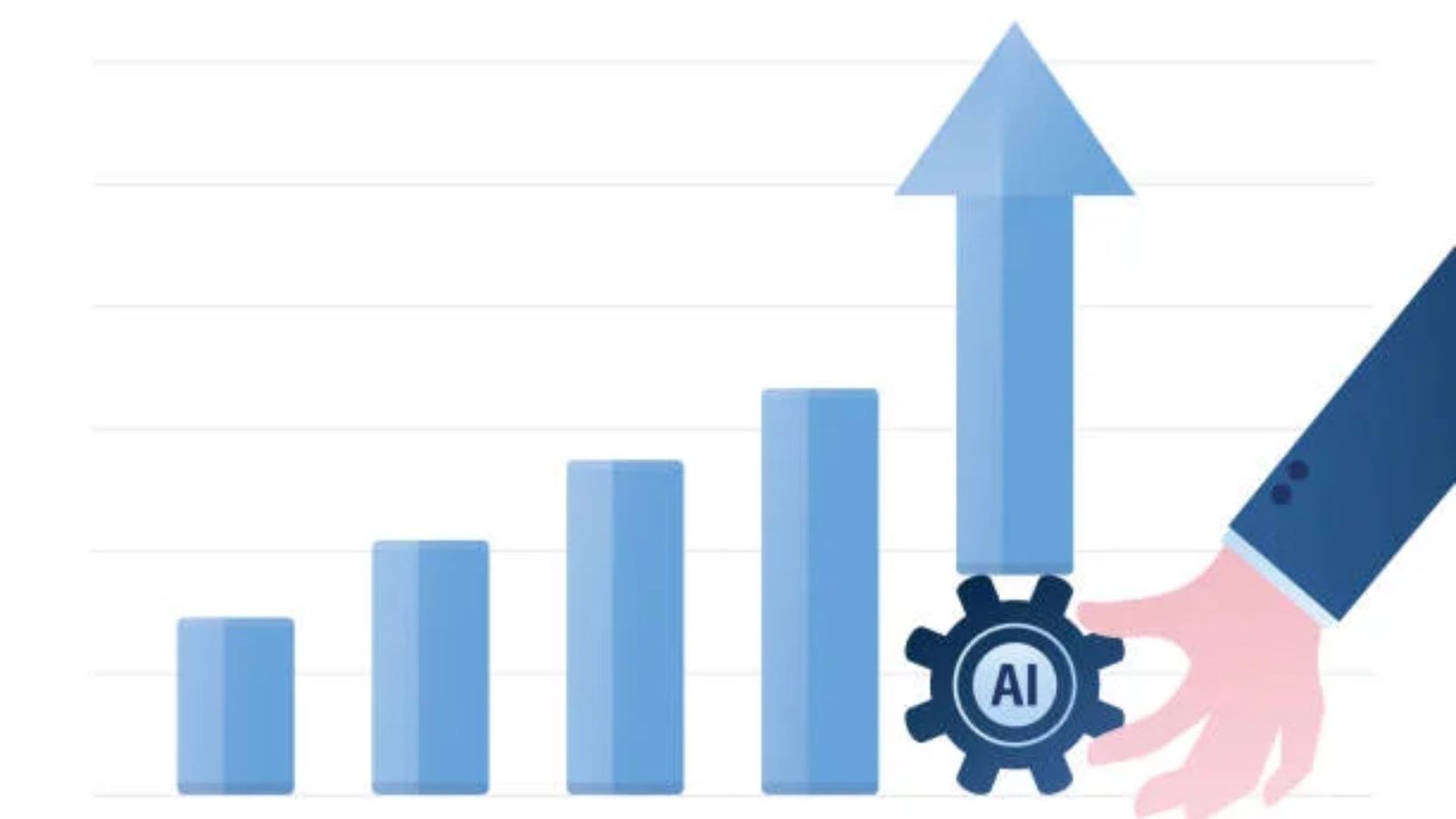How AI Skills Are Changing Career Paths
Artificial Intelligence (AI) is no longer a futuristic concept — it’s shaping how we work, learn, and grow right now. From automating routine tasks to supporting strategic decision-making, AI is becoming essential across industries. Professionals who learn how to use AI effectively are finding something remarkable — these skills can completely transform their career paths. Whether you’re an engineer, marketer, teacher, or finance professional, learning AI today can unlock new opportunities. Let’s explore how AI skills are reshaping careers, why employers value them so much, and how AI courses can help you build a future-ready skill set. 1. The Rising Demand for AI Skills In recent years, AI has become the backbone of digital transformation strategies. Organizations across sectors — from IT and banking to healthcare and logistics are actively adopting AI technologies. This shift has made AI literacy as vital today as computer literacy was twenty years ago. Professionals who can understand and apply AI in their work are now among the most sought-after talents. Some of the most in-demand AI-related roles include: But you don’t have to be a full-time AI professional to benefit. Even a basic understanding of AI tools and concepts can make you more effective in any job role. 2. How AI Skills Redefine Career Growth a. Unlocking New Opportunities AI has opened doors to entirely new job categories that didn’t exist just a few years ago. Professionals who upskill now can transition into high-growth areas like data analytics, process automation, and intelligent systems design. For instance: AI knowledge gives you flexibility — it allows you to pivot toward faster-growing, high-demand roles. b. Improving Decision-Making AI isn’t only about algorithms or coding; it’s about smarter, data-driven thinking. Professionals trained in AI can interpret complex data, forecast outcomes, and make informed business decisions. This analytical mindset enhances leadership potential and helps you stand out as someone who drives meaningful impact. c. Boosting Productivity and Creativity AI tools can take care of repetitive tasks — analyzing documents, drafting reports, or generating summaries — so you can focus on creative and strategic work. Understanding how to use these tools doesn’t replace creativity — it enhances it. You can dedicate more time to problem-solving, collaboration, and innovation. 3. How AI Courses Accelerate Career Growth You don’t need to enroll in a full-time degree to learn AI. Today’s online AI courses are designed for professionals of all levels — from beginners to senior executives. These programs bridge theory and practice, helping you learn how to apply AI concepts in real-world business contexts. Most AI courses cover topics like: The focus is on practical AI — so even non-technical professionals can benefit. 4. AI Skills for Non-Technical Professionals A common misconception is that AI is only for coders or data scientists. In truth, AI knowledge is valuable across every job function. Here’s how different professionals can leverage AI: Profession How AI Adds Value Marketing & Sales Analyze customer behavior, predict demand, personalize campaigns Finance & Operations Detect fraud, manage risk, optimize processes Human Resources Use AI for recruitment analytics and workforce planning Education & Training Personalize learning experiences using AI tools Healthcare Apply AI in diagnostics, patient care, and medical research Even if you’re not developing AI systems, understanding how they function helps you make smarter decisions and collaborate more effectively. 5. How AI Skills Build Career Resilience The job market is changing faster than ever due to automation and digital disruption. Professionals without AI knowledge risk being left behind — but those who embrace it gain a significant advantage. Here’s how AI skills strengthen career resilience: AI skills don’t just help you navigate change — they empower you to lead it. 6. How to Choose the Right AI Course If you’re ready to start learning AI, choose a program that aligns with your goals and experience level. Look for courses that provide: Many leading institutions and platforms offer flexible online AI courses — from self-paced modules to instructor-led programs — that fit into your schedule. 7. The Future Belongs to AI-Savvy Professionals AI isn’t replacing people; it’s expanding what people can achieve. Those who understand AI will have more influence in shaping the future of work. Tomorrow’s leaders will be those who combine human judgment with AI-driven insights. The journey begins by learning the fundamentals of AI today. If you want to take your career forward, explore AI courses that fit your goals. Just a few hours of focused learning each week can reshape your professional future. Final Thoughts AI skills are the new career currency. They don’t just enhance your resume — they redefine your professional potential. Whether you’re launching your career, seeking a promotion, or exploring a new field, learning AI keeps you relevant, confident, and competitive in the digital era. Start your AI learning journey today — because in the age of artificial intelligence, the smartest investment you can make is in yourself.
Read More














